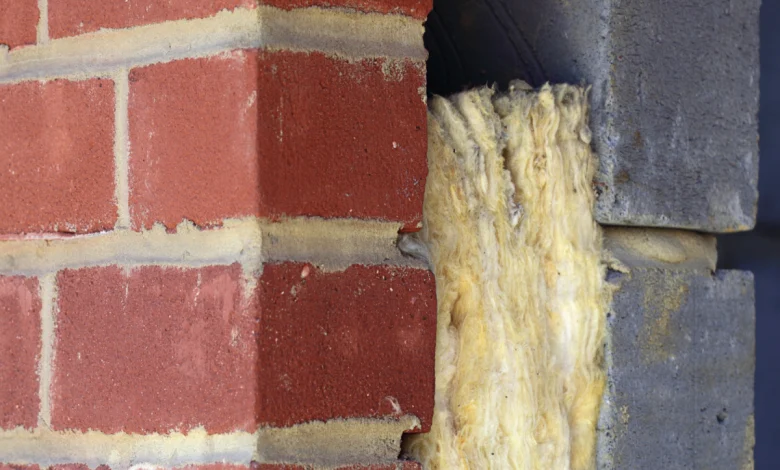Understanding Cavity Walls: Their Purpose and Insulation

Cavity walls are a common feature in modern building construction, providing structural support, insulation, and moisture control for buildings. Understanding the purpose of cavity walls and the role of insulation within them is essential for ensuring energy efficiency, thermal comfort, and structural integrity in buildings. In this article, we’ll explore cavity walls, their purpose, and the importance of insulation in maximizing their performance.
What are Cavity Walls?
Cavity walls consist of two parallel masonry walls (typically brick or concrete block) separated by a cavity or gap. The inner wall, known as the inner leaf, forms the interior of the building, while the outer wall, known as the outer leaf, forms the exterior. The cavity between the two walls acts as a barrier to prevent the ingress of moisture and provides space for insulation material.
Purpose of Cavity Walls:
Structural Support: Cavity walls provide structural support and stability to buildings, distributing loads evenly and resisting external forces such as wind and seismic activity. The cavity between the walls adds strength and rigidity to the structure, improving its overall durability and longevity.
Moisture Control: One of the primary functions of cavity walls is to control moisture infiltration into the building. The gap between the inner and outer walls allows any moisture that penetrates the outer wall to drain away harmlessly through weep holes or vents, preventing dampness and mold growth inside the building.
Insulation: Cavity walls offer thermal insulation properties, helping to regulate indoor temperatures and reduce heat loss or gain through the building envelope. By incorporating insulation material within the cavity, cavity walls can improve energy efficiency, reduce heating and cooling costs, and enhance occupant comfort.
Importance of Insulation in Cavity Walls:
Insulation is a critical component of cavity walls, significantly impacting their thermal performance and energy efficiency. Here’s why insulation is essential:
Heat Loss Prevention: Insulation material within the cavity acts as a barrier to heat transfer, reducing the amount of heat lost from the interior of the building during colder months. This helps maintain a comfortable indoor temperature and reduces the need for heating, resulting in energy savings and lower utility bills.
Heat Gain Reduction: During warmer months, insulation in cavity walls helps prevent heat from outside penetrating into the building, keeping indoor spaces cooler and reducing the reliance on air conditioning. This helps improve comfort levels for occupants and reduces cooling costs.
Condensation Control: Proper insulation in cavity walls helps control condensation by maintaining consistent indoor temperatures and preventing moisture buildup on interior surfaces. This reduces the risk of mold growth, dampness, and associated health hazards.
Sound Insulation: In addition to thermal insulation, cavity wall insulation can also provide acoustic insulation, reducing the transmission of sound between interior and exterior spaces. This helps create a quieter and more comfortable indoor environment, especially in noisy urban areas or near busy roads.
Types of Cavity Wall Insulation:
Several types of insulation materials are commonly used in cavity walls, including:
Mineral Wool: Mineral wool, such as glass wool or rock wool, is a popular choice for cavity wall insulation due to its excellent thermal performance, fire resistance, and moisture resistance properties.
Foam Board: Rigid foam insulation boards, such as expanded polystyrene (EPS) or extruded polystyrene (XPS), can be installed within the cavity to provide effective thermal insulation and moisture control.
Blown-in Insulation: Loose-fill insulation materials, such as cellulose or fiberglass, can be blown into the cavity using specialized equipment, providing a seamless insulation layer that conforms to irregular spaces and gaps.
Spray Foam: Spray foam insulation, such as polyurethane foam, can be applied directly into the cavity as a liquid, expanding to fill gaps and cracks and forming a continuous insulation barrier with excellent thermal performance.
Conclusion:
Cavity walls play a crucial role in modern building construction, providing structural support, moisture control, and thermal insulation for buildings. Insulation is a key component of cavity walls, significantly impacting their energy efficiency, thermal comfort, and overall performance. By understanding the purpose of cavity walls and the importance of insulation within them, building owners, designers, and contractors can ensure the construction of energy-efficient, comfortable, and durable buildings that meet the needs of occupants while minimizing environmental impact.




